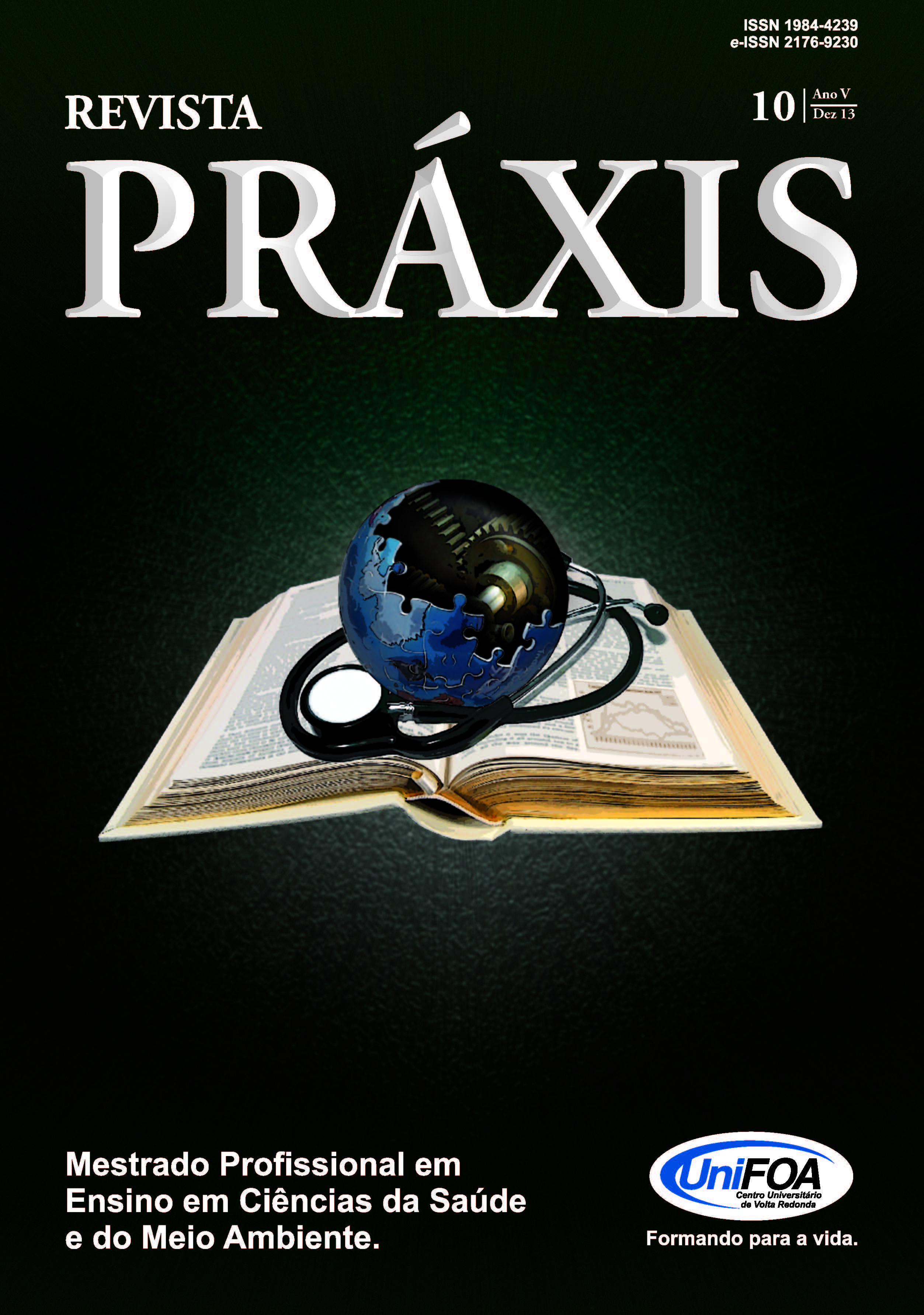Communication between health professionals and the Kaingang indigenous population
booklet as a facilitating instrument
DOI:
https://doi.org/10.47385/praxis.v16.n30.4414Abstract
For the care of the indigenous population in hospital environments, it is fundamental to provide information in a clear way, respecting the cultural aspects of these traditional peoples. In this context, the objective was to build a facilitating instrument for communication between health professionals and the Kaingang indigenous population, based on the construction of a booklet focused on welcoming, with expressions in Portuguese and in the Macro-Jê language of the Kaingang ethnic group. The instrument was developed to be used in a community hospital, located in the northwest of the state of Rio Grande do Sul. This action was developed in the disciplines of Health, Territory and Environment and Vulnerabilities and Health Risks of the Stricto Sensu Graduate Program in Health Sciences at the Community University of the Region of Chapecó (Unochapecó). The technology creation and development period were from September to November 2021. Meetings and visits to the hospital were held to learn about the local reality and identify the most used expressions among professionals and the population served. The booklet was composed of welcoming expressions, divided and appropriate to each sector of the hospital institution, in addition to parts of the human body to help identify pain and complaints of the indigenous population. The booklet was implemented in the institution, and the previous results demonstrate the importance of this tool to help and approach the diversity of population groups to quality care, in an expanded way and guaranteeing the principles of the Unified Health System.
Keywords: Access to health services; Health communication; Health of indigenous peoples.











